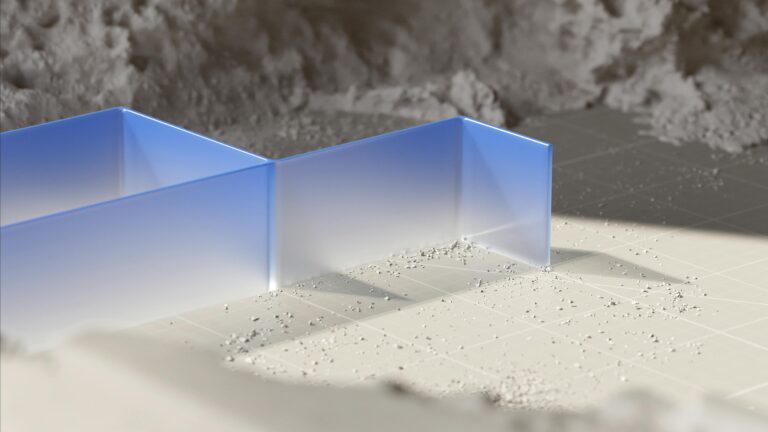Welcome to the CopyElement blog! We’re passionate about helping you create exceptional Elementor websites with ease. Today, we’re diving into a crucial aspect of user experience (UX) design: micro-interactions. We’ll explore how these small, often overlooked details can significantly impact user satisfaction and engagement, looking ahead to what micro-interactions will look like in 2025.
What are Micro-Interactions and Why Do They Matter?
Micro-interactions are subtle animations, visual cues, and feedback mechanisms that occur when a user interacts with a digital interface. They serve as moment-by-moment communicators, providing clarity, guidance, and even a touch of delight. Think about the pulsating glow around a button when you hover over it, the satisfying “whoosh” sound when you delete an email, or the progress bar that smoothly fills as a file uploads. These are all examples of micro-interactions.
Why are they important? Because they:
- Provide Immediate Feedback: Users instantly know if their actions were successful, are pending, or require attention.
- Enhance Usability: Clear micro-interactions reduce confusion and guide users through a website or app.
- Add Personality and Delight: Well-designed micro-interactions can inject a brand’s personality into the user experience, making interactions more enjoyable and memorable.
- Encourage Engagement: Small rewards and visual affirmations can motivate users to explore further and complete tasks.
The Evolution of Micro-Interactions: From Basic to Brilliant
Micro-interactions have come a long way from simple hover effects. Initially, they were primarily functional, serving mainly to provide feedback on user actions. Now, they’re increasingly sophisticated, driven by advancements in animation technology, AI, and a deeper understanding of user psychology. In 2025, we expect to see even more personalized, context-aware, and emotionally intelligent micro-interactions.
Micro-Interactions in 2025: Key Trends to Watch
Looking ahead, several key trends will shape the future of micro-interactions:
AI-Powered Personalization
Imagine micro-interactions that adapt in real-time based on a user’s past behavior, preferences, and even emotional state. AI will analyze user data to deliver hyper-personalized feedback and guidance, making each interaction feel uniquely tailored to the individual. For example, a learning platform could adjust the complexity of animations based on a student’s progress, providing more subtle cues for advanced learners and more explicit guidance for beginners.
Contextual Awareness and Augmented Reality
Micro-interactions will become increasingly integrated with the real world through augmented reality (AR). Imagine using your phone to scan a product in a store, and a micro-interaction appears on your screen, overlaying relevant information or special offers on the product itself. Contextual awareness will also play a significant role, with micro-interactions adapting to the user’s location, time of day, and surrounding environment.
Voice-First Micro-Interactions
As voice interfaces become more prevalent, micro-interactions will extend beyond the visual realm. Expect to see more nuanced and expressive voice prompts, sound effects, and haptic feedback that provide intuitive and engaging feedback in voice-driven interactions. Think of a smart home device that confirms your command with a subtle chime and a gentle vibration.
Emotional Intelligence and Empathy
The future of micro-interactions lies in their ability to evoke positive emotions and build a stronger connection with users. Designs will incorporate subtle cues, animations, and tones that resonate with human emotions, creating a more empathetic and human-centered experience. This could involve using calming color palettes for error messages or incorporating playful animations to celebrate user achievements.
Seamless Transitions and Fluid Animations
Strive for a seamless and fluid experience through carefully crafted animations. Clunky, jarring transitions disrupt the flow and frustrate users. By 2025, users will expect nothing less than buttery-smooth animations that effortlessly guide them through the interface.
Implementing Micro-Interactions with CopyElement
Creating these sophisticated micro-interactions doesn’t have to be complex. With CopyElement, you can easily integrate pre-designed, customizable micro-interactions into your Elementor websites without the need for extra plugins. Our component library offers a wide range of animated elements, hover effects, and feedback mechanisms that can be easily adapted to your brand’s style and user experience goals. Check out our tutorials to learn how to leverage CopyElement to create delightful micro-interactions that will elevate your website design.
Conclusion: The Power of Small Details
In 2025, micro-interactions will be more critical than ever in creating engaging and user-friendly digital experiences. By focusing on personalization, context awareness, emotional intelligence, and seamless execution, you can craft micro-interactions that not only provide feedback but also delight, engage, and build lasting connections with your users. Embrace the power of small details, and watch your website’s user experience transform.







